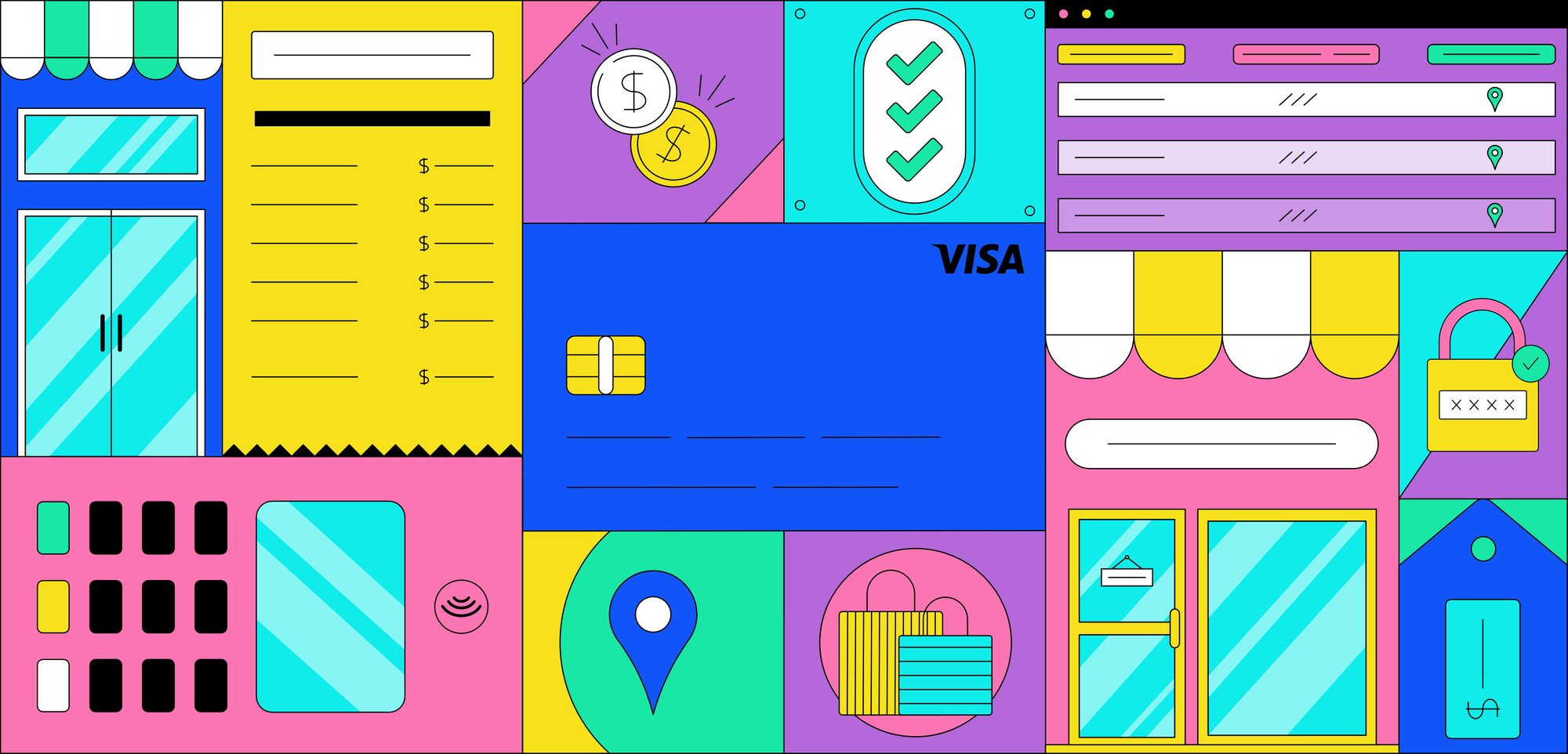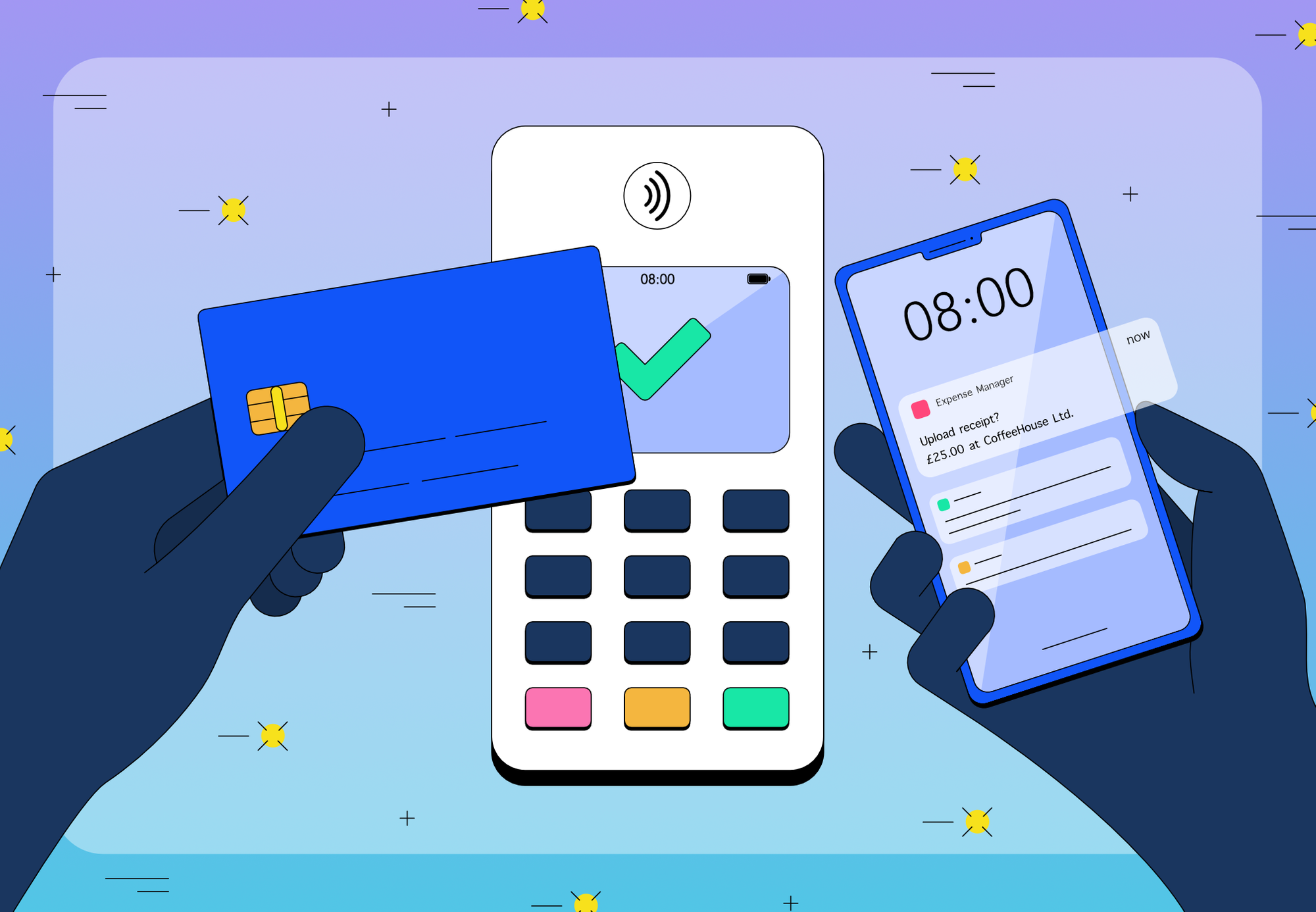Building on real-time transaction data will spark the next wave of fintech innovation

For a long time, the opportunity to build experiences on top of financial data remained untapped.
This data was often kept hidden behind closed doors within large financial institutions. That all started to change a few years ago. Regulations like PSD2, and practices like Open Banking, began to provide a secure route to innovative usage of data. For the first time, developers could leverage this data to build a new generation of user-focused products.
The underlying data that helped kick off this wave of innovation stems from bank accounts. The data from the online experience of a bank account can now be accessed, analyzed and organized by applications. The Open Banking APIs that surface this data provide a fantastic solution for applications where a holistic and historical view of user activity is critical. A number of user-friendly solutions have cropped up across the fintech space. Lenders can now provide instant credit decisions on loan applications. Wealth management applications can provide users with a comprehensive, consolidated view of their brokerage and bank accounts - all of it, for the first time.
However, when it comes to transactions, the data generated from bank accounts is somewhat limited in everything from its quality, quantity and delivery speed. What’s more, those variables differ greatly depending on the bank the data originates from. If it’s helpful to only know a raw merchant name and the amount of a transaction - up to three days after the transaction occurs - an Open Banking solution may be fit for purpose.
Additionally, Open Banking-based services require a user’s bank account credentials during enrollment - not all users are overly keen to volunteer their login and password to an app, nor are they thrilled to re-volunteer this information every time they change those details (I personally forget and reset my retirement account password on what seems to be a weekly basis…)
When the speed and depth of data are critical, look to cards
While Fidel’s card-based solution may not provide the entirety of a user’s transaction history, the service addresses many of the above wrinkles. Card data is rich, high fidelity, and effectively delivered in real-time - and the steps needed to enroll a card are almost exactly the same as those required to make an online purchase on web or mobile.
Here’s a quick breakdown of the key reasons why Fidel and our developer community are so excited about building with card data:
- Card data is effectively delivered in real-time. Speed is the lynchpin of the most popular services we use today. We instantly Venmo our friends and receive split-second notifications of last-minute, match-winning goals (or touchdowns for my US friends). Users have become accustomed to, even obsessed with, instant gratification. The average card authorization takes seconds whether a user is spending in London, Sydney, or San Francisco. The data captured isn’t far behind. Fidel is able to process and deliver this data in real-time, enabling the instant gratification that users have become accustomed to.
- With card data, every transaction is an engagement opportunity. How often do you use a card or digital wallet in a day? Each time a card is inserted, swiped, or tapped, an opportunity to engage a user arises. Incorporating frequent card usage into a product multiplies the number of engagement opportunities developers can create for their users. Fidel’s API instantly pushes data to a developer’s application upon each transaction - as opposed to a service having to pull data from an account-based API once every 24, 48 or even 72 hours.
- The data available through cards is rich and extensive. For transactions, bank accounts can deliver raw merchant names and amounts - which might be sufficient for some applications. However, there’s a limit to what you can do if all you know is someone spent £4.66 at PRET#FRITHSTLDN. Fidel’s API goes further, offering geolocation, merchant category codes, exact time stamps, means of payment, and a range of other data elements. This expanded element set can unlock a world of opportunities for developers.
- Card data is as dependable as the card itself. Has that transaction gone through? Yep? Then so did the data. It’s that simple.
- Tried and true enrollment. Enrolling a card is as easy as making an online purchase. Just as important as ease, is a user’s familiarity with the process. Tapping in card information on our phones has become almost a weekly, if not daily, habit for many of us. Cards also aren’t reliant on passwords - meaning that once a card is enrolled, a user doesn’t have to worry about refreshing their information.
- Cards are pervasive. Let’s take the UK as an example. In terms of card-holding and usage, it’s almost absolute. Figures from July 2019 indicate that Britons held 159.2 million debit and credit cards. For a population of roughly 68 million, card-ownership is virtually ubiquitous. In 2000, cash accounted for roughly 50% of transactions in the UK - by 2018, that share had dropped to approximately 15% of transactions, with card use accounting for the majority of displacement. Globally - amongst a population of 7.8 billion people - 17 billion cards are expected to be in circulation by 2022 and global payment volume is expected to grow +10% annually, according to the Global Payment Cards Data and Forecasts to 2022 study from 2017.
What lies ahead?
The plastic we keep in our pockets - and the digital counterparts stored on our phones - provide a highly effective, rich, and immediate source of data. Every time a card is tapped, swiped or used to check out online, a building block is created for a developer to engage their users.
Our focus at Fidel is to surface these building blocks by providing an easy foundation to build applications. Nothing makes us happier than giving developers the ability to seamlessly integrate payments into their products and experiences.
It’s a special thing to witness the release of new products built with our APIs, as they’re announced within our developer community. We firmly believe that the opportunity to build with cards is massive, and will help unleash a wave of payments-led innovation. It’s our job to help developers take advantage of this potential. That’s the mission that drives us.
If you want to learn more about building your next product with Fidel’s APIs, click here.
Note: Fidel works diligently to confirm use cases for card data are both compliant with relevant data privacy regulations as well as valuable to cardholders. As such, mandatory review and approval precede data provision.


